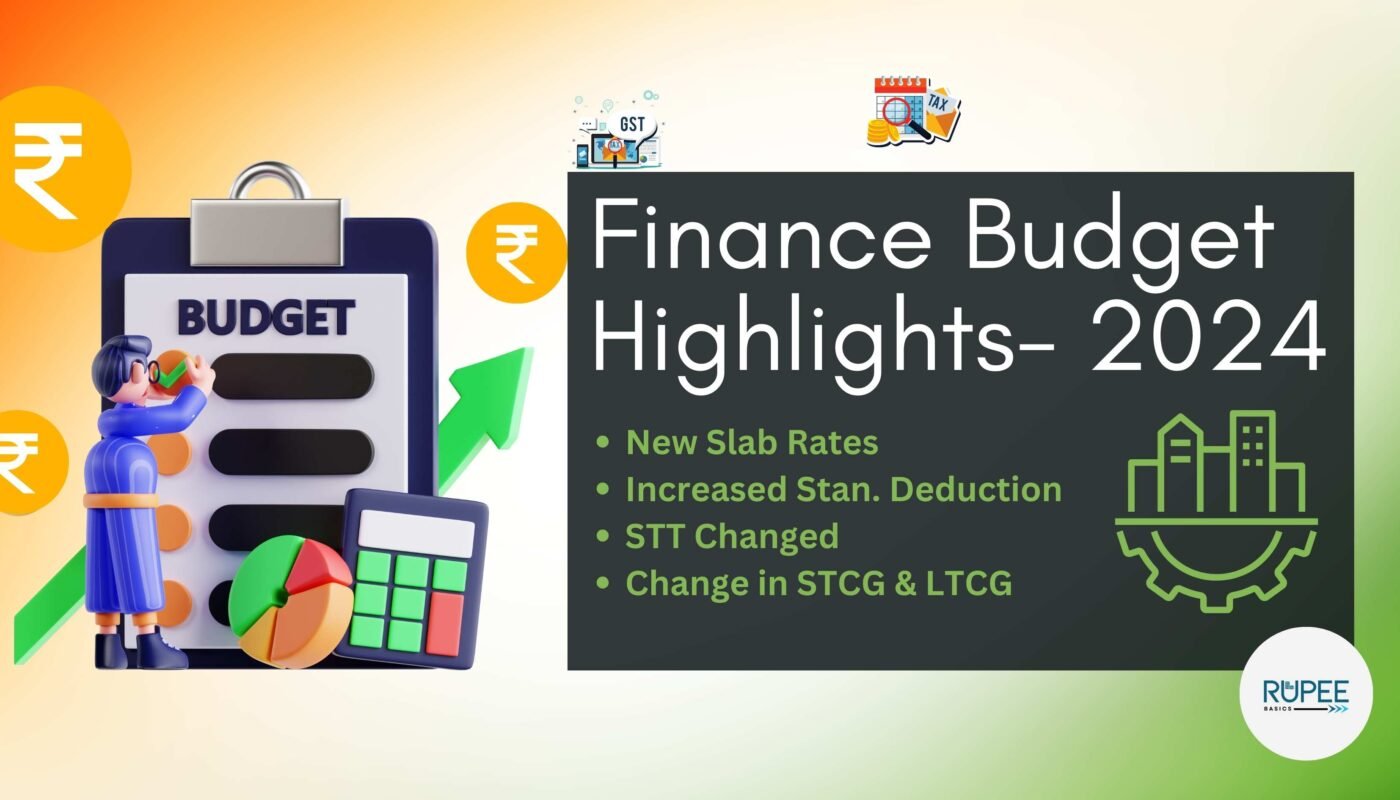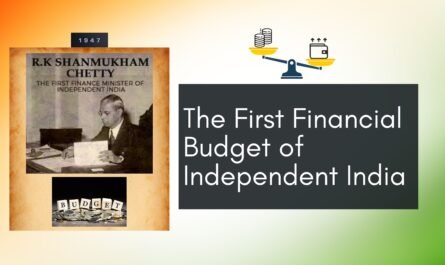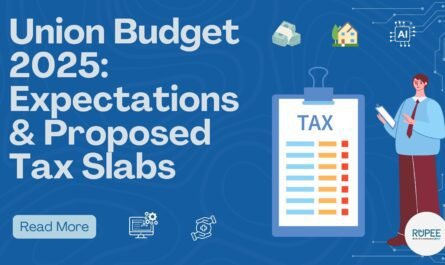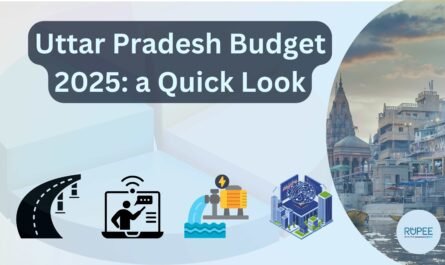Highlights of India’s 2024 Finance Budget: Key Takeaways
The mid-2024 Finance Budget presented by the Indian government brought significant changes aimed at boosting economic growth, simplifying taxation, and supporting both individuals and businesses. Here’s a crisp overview of the key highlights:
1. Income Tax Reforms
The budget introduced a simplified and taxpayer-friendly income tax structure with revised slabs and exemptions:
New Tax Slabs for Individuals (FY 2024-25)
| Income Range | Tax Rate |
|---|---|
| Up to ₹3 lakh | 0% (No tax) |
| ₹3 lakh – ₹7 lakh | 5% |
| ₹7 lakh – ₹10 lakh | 10% |
| ₹10 lakh – ₹12 lakh | 15% |
| ₹12 lakh – ₹15 lakh | 20% |
| Above ₹15 lakh | 30% |
- Standard Deduction Increased: The standard deduction for salaried individuals was raised from ₹50,000 to ₹75,000, providing additional relief to middle-income earners.
- Tax Rebates for Senior Citizens: Senior citizens now enjoy a higher tax exemption limit, increased from ₹3 lakh to ₹5 lakh.
- Deductions Under Section 80C: The limit for tax-saving investments under Section 80C remains unchanged at ₹1.5 lakh.
- The budget abolishes the “angel tax,” which previously applied to investments exceeding the fair market value of shares in unlisted companies, providing relief to startups and early-stage companies.
- Securities Transaction Tax (STT) Increase
- The Securities Transaction Tax has been increased:
- Futures: From 0.0125% to 0.02%
- Options: From 0.0625% to 0.1%
- The Securities Transaction Tax has been increased:
2. GST Updates
- Reduced GST Rates: Essential items like medicines, educational tools, and renewable energy equipment saw a reduction in GST rates, making them more affordable.
- Simplified Compliance: The GST filing process was further streamlined with a single-page return form for small businesses with turnover below ₹5 crore.
- GST Rate Rationalization: The highest GST slab of 28% was removed for certain luxury items, bringing them down to 18%.
3. Corporate Tax Changes
- Tax Incentives for Startups: Startups registered before March 2025 will continue to enjoy a 100% tax holiday for the first three years.
- Reduced Corporate Tax for MSMEs: The corporate tax rate for MSMEs was reduced to 20% for companies with a turnover of up to ₹250 crore.
- New Manufacturing Incentives: Companies setting up new manufacturing units will enjoy a reduced tax rate of 15% (from 25%) if they commence operations before March 2026.
4. Infrastructure and Development
- Increased Allocation: The budget allocated ₹1.5 lakh crore for infrastructure development, focusing on roads, railways, and smart cities.
- Green Energy Push: A ₹10,000 crore fund was announced to promote solar energy and electric vehicle manufacturing.
5. Agriculture and Rural Development
- Farmer Welfare Schemes: The budget introduced a new scheme providing ₹6,000 annually to small and marginal farmers, in addition to the existing PM-KISAN scheme.
- Rural Employment Boost: MGNREGA allocation was increased by 15% to support rural employment.
6. Digital Economy and Innovation
- Digital India Fund: A ₹5,000 crore fund was announced to promote digital infrastructure and startups in the tech sector.
- 5G Rollout: The budget emphasized the rapid rollout of 5G networks across the country.
7. Healthcare and Education
- Increased Healthcare Spending: The healthcare budget was raised by 20%, focusing on improving rural healthcare facilities.
- Education Reforms: A new National Education Policy allocation of ₹10,000 crore was announced to upgrade digital learning infrastructure.
“Success usually comes to those who are too busy to be looking for it.” – Henry David Thoreau




